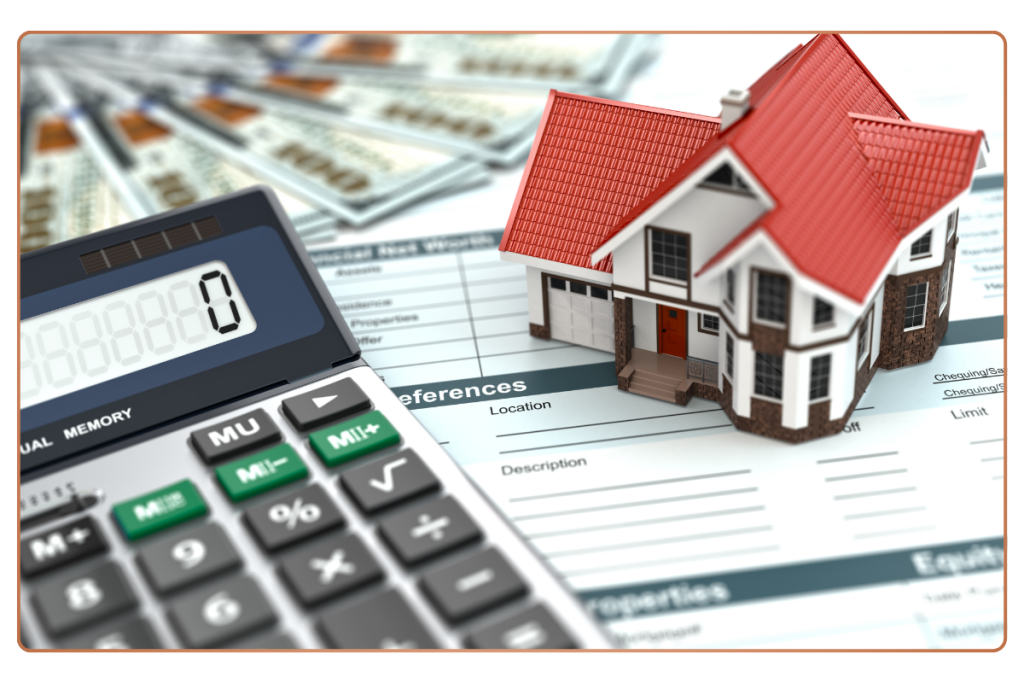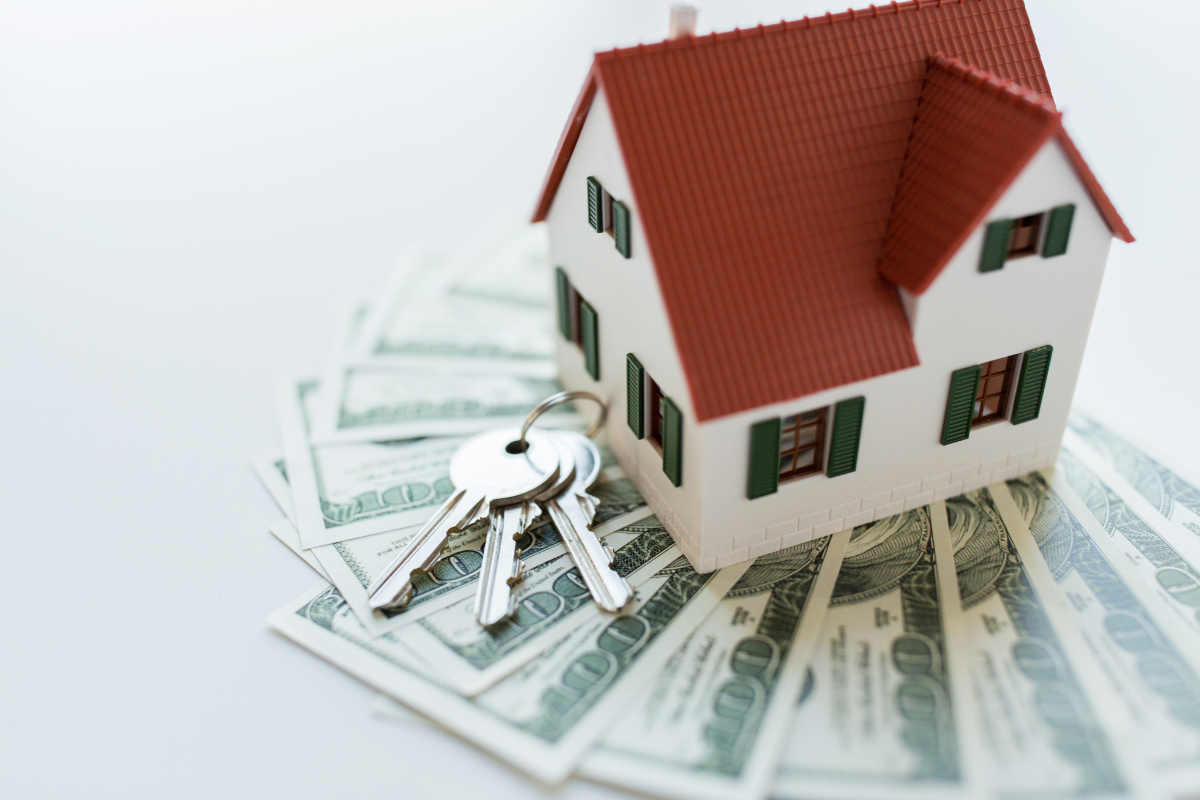Buying a house in South Australia involves considerable financial commitment, and it’s crucial to avoid any pitfalls that could lead to financial strain. Defaulting on repayments can lead to severe consequences, including the potential loss of your property. Therefore, it is essential to thoroughly understand both the upfront and ongoing costs involved in the home-buying process.
Table of Contents
- Introduction
- Overview of Home Buying Costs
- Understanding Upfront Costs
- Importance of Securing a Loan
- Types of Mortgages
- Consulting a Loan Consultant
- Breakdown of Upfront Costs
- Strategies for Affordable Home Buying
- Ongoing Costs After Purchase
- Importance of Budgeting for Ongoing Expenses
- Major Ongoing Costs
- Importance of a Contingency Fund
- Conclusion
- Summary of Key Takeaways
- Encouragement for Financial Planning
Understanding Upfront Costs
When purchasing a home, most buyers will rely on a loan rather than paying cash outright. Securing this loan is critical for signing a property contract, as it provides the necessary funds for the purchase. It’s advisable to obtain finance pre-approval to enhance your credibility as a buyer, demonstrating to sellers that you are serious and capable of following through with the purchase. Having this pre-approval not only strengthens your position in negotiations but also helps you understand your budget limitations.

Different types of mortgages and home loans come with various features that affect your monthly repayment amounts. Understanding these options is essential for making informed decisions about your finances:
- Principal and Interest Loans: These loans typically require repayments over a period of 25 to 30 years, covering both the borrowed amount (the principal) and the interest accrued. This is the most common type of loan, as it allows homeowners to gradually pay off their debt while also building equity in the property.
- Interest-Only Loans: These loans allow for lower monthly payments initially, as they pay only the interest for a specified period (usually between 1 to 5 years). However, it’s important to remember that the principal will need to be repaid later, often resulting in higher payments once the interest-only period ends.
- Fixed-Rate Loans: With these loans, the interest rate remains constant for a predetermined period (usually three to five years), providing stability in repayment amounts. This predictability can be advantageous during budgeting. However, early cancellation of a fixed-rate loan may incur fees, so it’s crucial to understand the terms before committing.
- Variable-Rate Loans: These loans can fluctuate based on market conditions, potentially causing repayments to rise or fall over time. While variable-rate loans often offer greater flexibility in terms of repayment options and the ability to pay off extra amounts without penalties, they also carry the risk of increased monthly payments if interest rates rise.
- Offset Loans: These loans are linked to a savings account, allowing homeowners to reduce the interest paid based on the net balance between the loan and savings. For example, if you have a loan of $300,000 and $50,000 in your offset account, you will only pay interest on $250,000, significantly reducing the overall interest paid over the life of the loan.
- Redraw Loans: These loans allow homeowners to make extra repayments when possible and access those additional funds later if needed. This flexibility can be beneficial for homeowners who may receive bonuses or extra income at various times.
Consulting with a loan consultant or mortgage broker can help you identify the most suitable option for your financial situation. Their expertise can guide you in understanding the pros and cons of each loan type, helping you avoid potential pitfalls. It’s worth noting that many lenders cover the fees of these professionals, making it a cost-effective way to navigate the complexities of home financing.
Once you have secured your mortgage, you will know your expected monthly repayments and the deposit needed for the property, which is likely your most significant upfront expense. For homebuyers in South Australia, upfront costs typically include the following:
- Deposit: Generally ranging from 2% to 20% of the purchase price, a larger deposit can increase your chances of loan approval. However, studies show that average-income earners can take up to eleven years to save a 20% deposit. Government-assisted loans, like the Home Guarantee Scheme, may offer low-deposit options, enabling first-time buyers to enter the market sooner.
- Lender’s Mortgage Insurance: This insurance is required if your deposit is less than 20% and could cost several thousand dollars. While it adds to your initial expenses, it protects lenders in case of default, allowing you to borrow more with a smaller deposit.
- Stamp Duty and Other Government Charges: These fees vary depending on the property’s value and can significantly impact your total upfront costs. It’s essential to factor these into your budget when considering a property.
- Loan Title Office Fees and Title Search Fees: Necessary for securing the property title, these fees ensure that the property is legally yours and free from encumbrances.
- Building and Pest Inspections: Conducting these inspections is essential to ensure the property is structurally sound and free of pests. Expect to pay up to $700 for this service, which can save you from costly repairs in the future.
- Loan Establishment, Legal, and Conveyancing Fees: These can add up to $3,000 or more and cover the legal costs associated with transferring property ownership.
- Moving Costs: Depending on how much you need to move and the distance involved, these costs can vary widely. It’s crucial to factor in these expenses to avoid surprises when relocating.
For example, purchasing a property valued at $400,000 would typically require an $80,000 deposit if you aim for a 20% down payment. Other associated charges could amount to nearly $30,000, necessitating sufficient funds before initiating your purchase. First-time buyers may also be eligible for a $15,000 First Home Owner Grant and potential stamp duty relief, providing financial assistance in their property journey.
If your budget shows that your ideal home is unaffordable, consider alternative strategies. Looking for properties in less expensive areas or opting for smaller homes can make a significant difference in your financial viability. Existing houses may also incur fewer fit-out costs than new builds, though repairs might be more frequent.
Ongoing Costs After Purchase

After purchasing a property and moving in, you’ll face recurring monthly expenses that are essential to budget for. The most significant of these will likely be your mortgage repayment. It is crucial to ensure you can meet this payment to avoid repossession and adverse impacts on your credit rating. The repercussions of falling behind on your mortgage can be severe, potentially leading to foreclosure and significant financial hardship.
Alongside your mortgage, consider budgeting for the following ongoing costs:
- Home Insurance: Protecting your investment with home insurance is essential. This policy covers damages to your property and liability for injuries or damages that occur on your property. The cost of home insurance can vary widely based on factors such as the property’s location, value, and condition, so it’s wise to shop around for the best rates.
- Council and Strata Fees: If you purchase a unit or townhouse, you will likely be responsible for paying council and strata fees. These fees cover the maintenance of shared areas, building insurance, and sometimes even amenities like pools or gyms. It’s important to review these fees during the buying process to understand your total ongoing expenses.
- Emergency Services Levy: This government charge is based on property ownership and contributes to emergency services in your area. It is typically added to your council rates, so make sure to include this in your budgeting.
- General Living Expenses: In addition to housing costs, you will also need to account for everyday expenses such as food, transport, and healthcare. Having a comprehensive view of your overall budget will help you manage your finances more effectively.
- Maintenance Costs: As your home ages, maintenance costs can increase. Routine upkeep, such as lawn care, plumbing repairs, and electrical work, can add up over time. It’s wise to set aside a specific amount each month for maintenance to avoid being caught off guard by unexpected repairs.
- Utilities: Costs for electricity, gas, water, and internet services can fluctuate based on usage. Be sure to factor these expenses into your monthly budget to ensure you can manage them comfortably.
When planning your budget, include a contingency fund for unexpected costs. Mortgage repayments can rise, especially with variable loans, so it’s wise to have a financial buffer. Additionally, factor in a budget for holidays and recreational activities to maintain a healthy work-life balance. Enjoying your new home is essential, and having a well-rounded budget will allow you to do so without financial strain.
Purchasing a new home can be an exhilarating experience, but it can quickly turn sour if financial burdens become overwhelming. A meticulous budget, accounting for both upfront and ongoing costs, will help ensure your dream home remains a source of joy rather than stress. By planning carefully and seeking advice from financial professionals, you can navigate the complexities of home buying with confidence, turning your property into a place where memories are made and cherished.
At InvestPlus, we provide diverse products including house and land packages throughout Australia, strategically positioned in locations recognised for their Strong growth prospects. By collaborating with trusted developers and builders, we ensure the quality and value of your investment. For further information on securing your real estate investment through strategic planning, please contact us using the details provided below.

